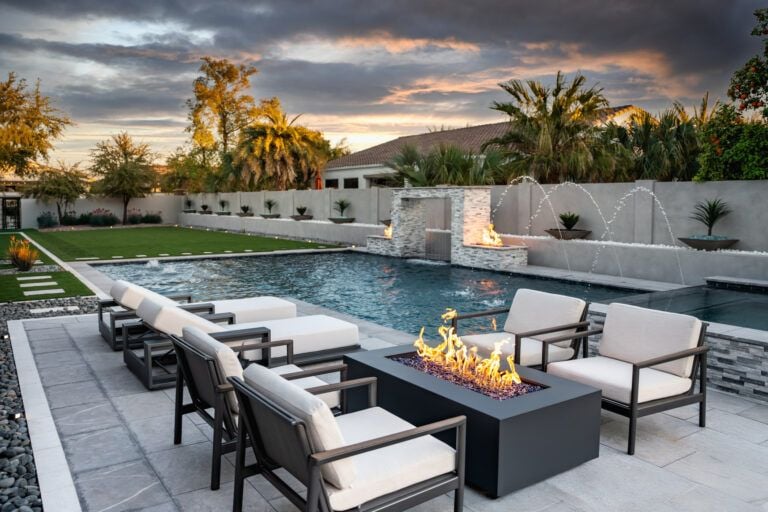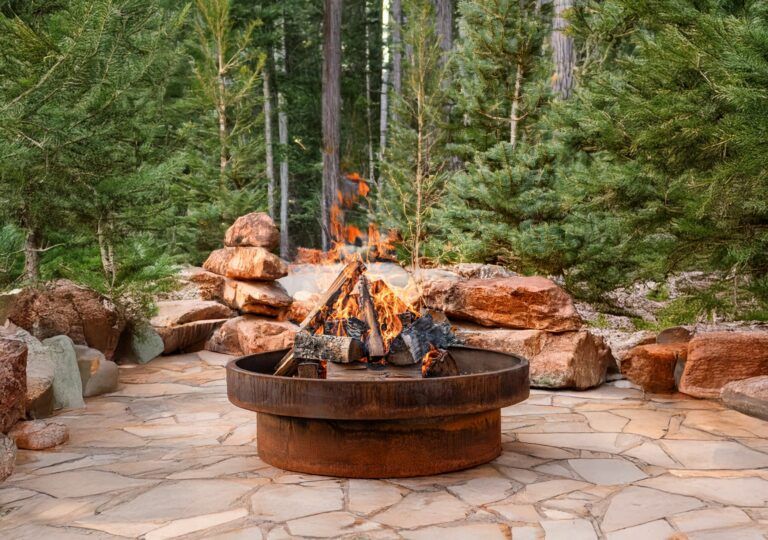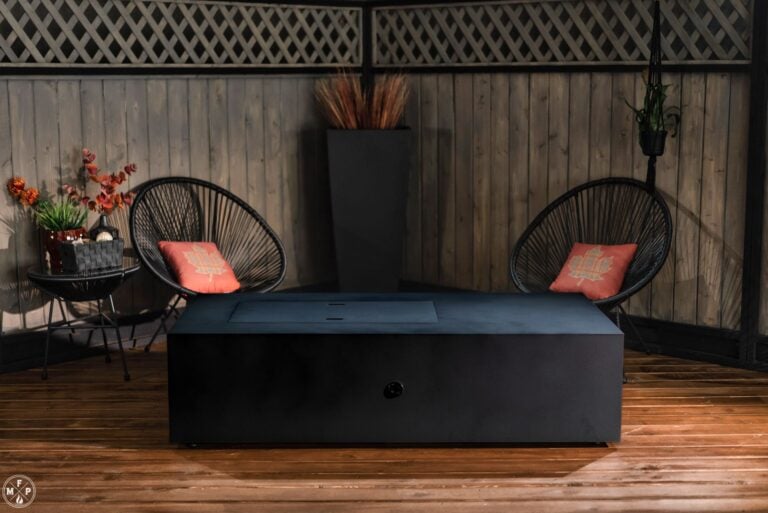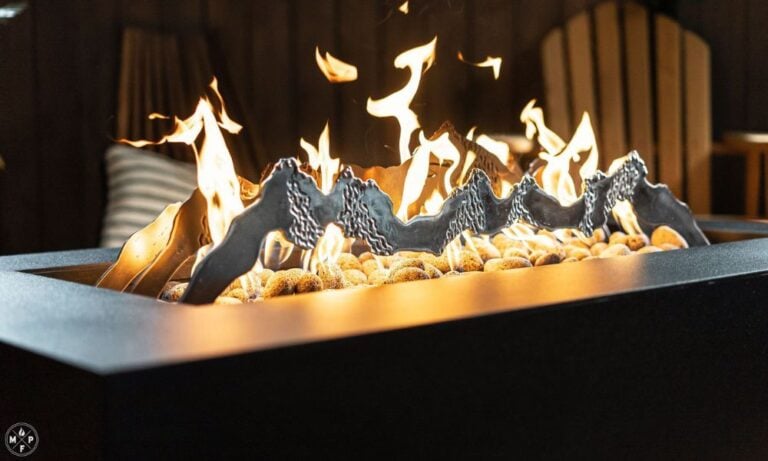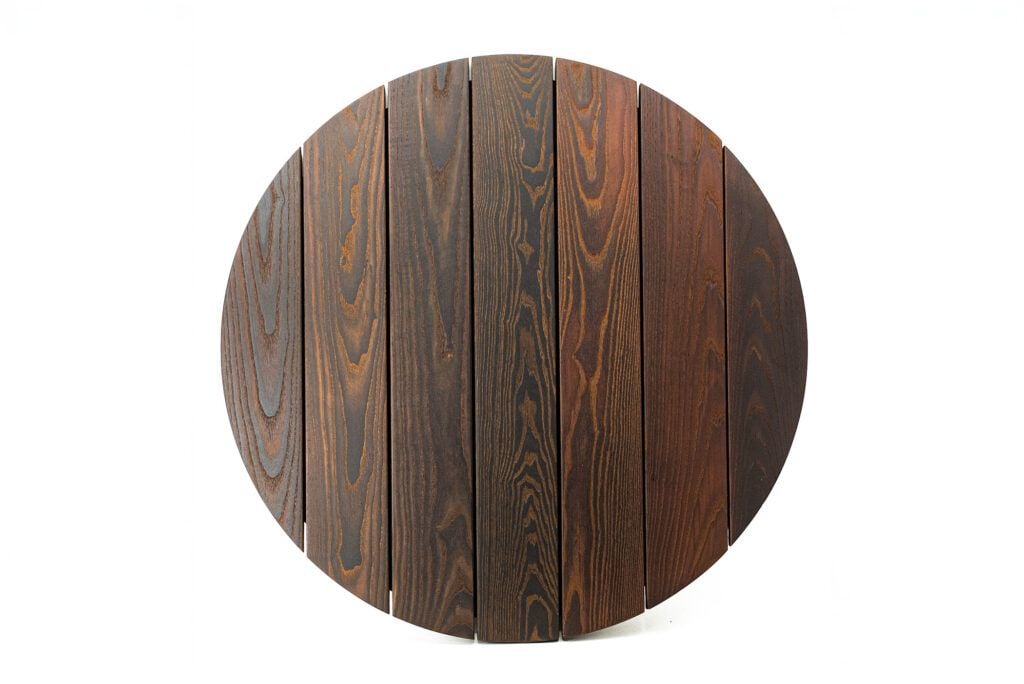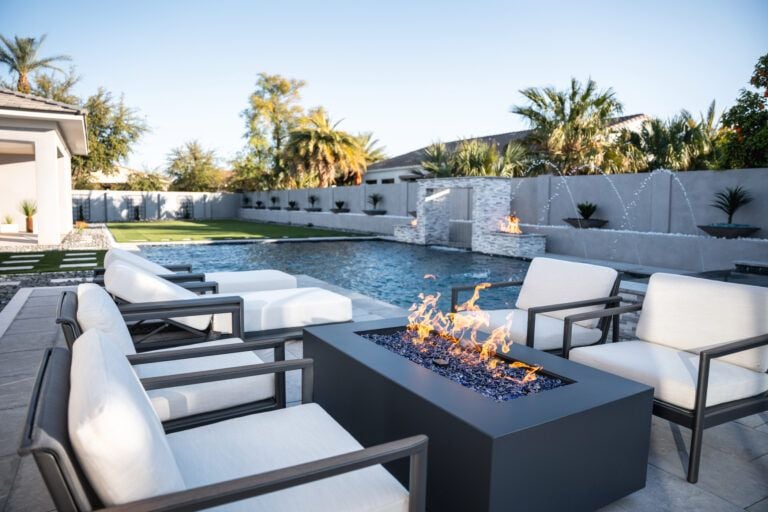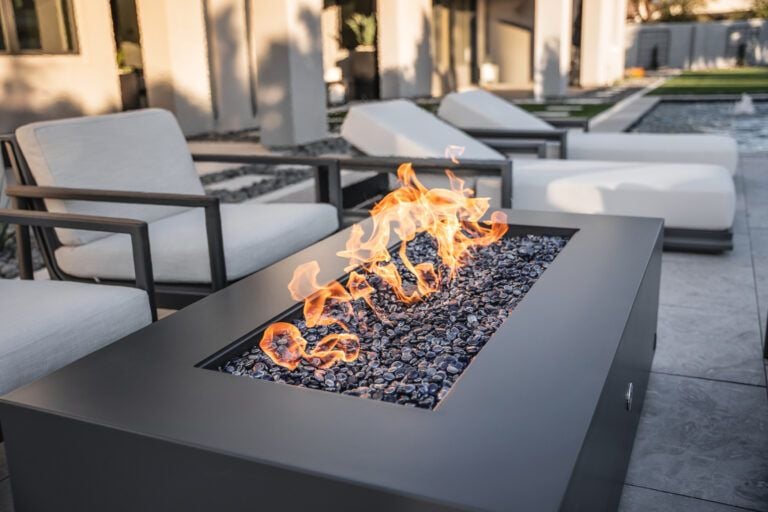
Working with a Contractor: Is it Necessary for Your Fire Pit Project?
For many homeowners, an outdoor gas fire pit is the perfect way to create a cozy and inviting backyard space. But when it comes to actually installing that dream fire pit, you might be wondering if you need to hire a contractor or if you can tackle the project yourself. DIY fire pit installation can be appealing, but professionals should handle gas lines, complex designs, and electrical work.
When to Call in the Pros
First and foremost, if you’re opting for a natural gas fire pit, enlisting a licensed plumber or HVAC specialist is absolutely crucial. These professionals possess the knowledge and experience to safely run a gas line from your home to the fire pit location, ensuring proper connection to your gas supply and adherence to all safety codes. Attempting to handle gas line installation yourself without the proper qualifications can be extremely dangerous and could lead to gas leaks or even explosions.

Similarly, if you’re envisioning a more complex fire pit design, calling in the pros is likely your best bet. Intricate designs with built-in features, custom stonework, or integration with a pool often demand the skills of experienced contractors, masons, or even landscape architects. These professionals can help bring your vision to life while ensuring structural integrity and tasteful design. They understand the nuances of working with different materials, can navigate any potential challenges, and will ensure your fire pit is built to last.
Don’t underestimate the physical challenges of fire pit installation either. Moving a pre-fabricated fire pit or assembling a large, heavy fire pit kit can be a daunting task, especially if you’re working with materials like stone or concrete. Consider hiring a general contractor or moving company to safely transport and position your fire feature. They have the equipment and manpower to handle heavy lifting and ensure your fire pit is placed exactly where you want it, without risking injury to yourself or damage to your property.

And finally, if your fire pit design includes electronic ignition systems, lighting, or other electrical components, we always recommend consulting a qualified electrician. They can ensure proper wiring, connection to a power source, and compliance with all electrical codes, minimizing the risk of fire hazards or malfunctions.
What to Discuss with Your Contractor

If you do decide to hire a contractor for your fire pit project, clear and open communication is essential. Before any work begins, have a detailed discussion with your contractor, covering all aspects of the project. Clearly specify whether you’re using propane or natural gas and provide the BTU output and water column pressure required for your burner. This information is crucial for selecting the correct components and ensuring your fire pit performs optimally.
Sharing relevant manuals and guides, such as the Warming Trends Burner Manual and Push Button Ignition Installation Manual, is also a good idea. Here at Montana Fire Pits, we keep an updated listed of Digital Resources for all of our clients. This ensures everyone is on the same page and working towards the same goal. Discuss the desired placement of the gas stub, taking into account the key valve location, electronic ignition components, and any clearance requirements. A well-placed gas stub will ensure easy access for maintenance and prevent any interference with the fire pit’s operation.
Don’t hesitate to ask your contractor about their experience with similar projects, their licensing and insurance, and their estimated timeline for completion. A reputable contractor will happily answer your questions and address any concerns you may have.
Important Safety Considerations
Whether you DIY or hire a contractor, always prioritize safety:
- Certifications and Permits: Ensure your fire pit and its components meet ANSI Z21.97/CSA 2.41 standards for outdoor decorative gas appliances. Check with your local authorities for any necessary permits or inspections.
- Massachusetts and Canada: Be aware of specific regulations in Massachusetts and Canada regarding approved burners and automatic shutoff features for larger fire pits. Most metropolitan areas in Canada will require an automatic shutoff for fire pits over 65K BTUs in order to get a permit or certification. You might consider a Premium Electronic Ignition system. It comes equipped with sensors that can detect fuel and flame issues, automatically shutting down your fire pit if needed. You can even add a dial timer to further enhance safety and convenience.
By carefully considering these factors, communicating effectively with your contractor, and prioritizing safety at every step, you can ensure a successful fire pit installation that will provide countless hours of enjoyment for years to come.
The MFP Advantage
- Professional Grade Quality
- Nationwide Shipping
- Made in the U.S.A.
- Distinctive, Hand-Built Products
- Vast Size & Finish Options
- Highest Customer Satisfaction
- Custom Design Available
Explore our exceptional line of fire and outdoor products and take your space to new levels of Luxury...
More to explorer
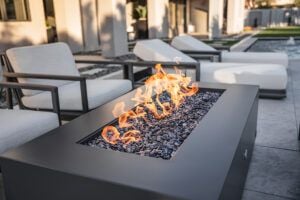
Top 10 Fire Pits of 2025: Warmth and Style for Your Outdoor Space
As the days get longer and the evenings get cooler, what better way to enjoy your outdoor space than with a fire
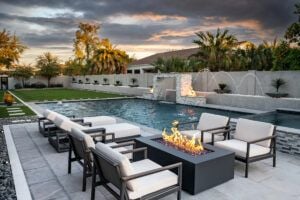
The Benefits of Multiple Fire Features in Backyard Design
Imagine stepping into your backyard and being greeted by the alluring dance of flames throughout your space! Creating a backyard design with
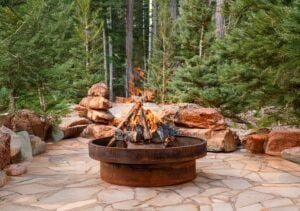
Discover the Timberline Collection of Wood Burning Fire Pits
In a world that’s constantly buzzing with the convenience of instant gratification, there’s a timeless appeal to the simple, primal pleasure of



